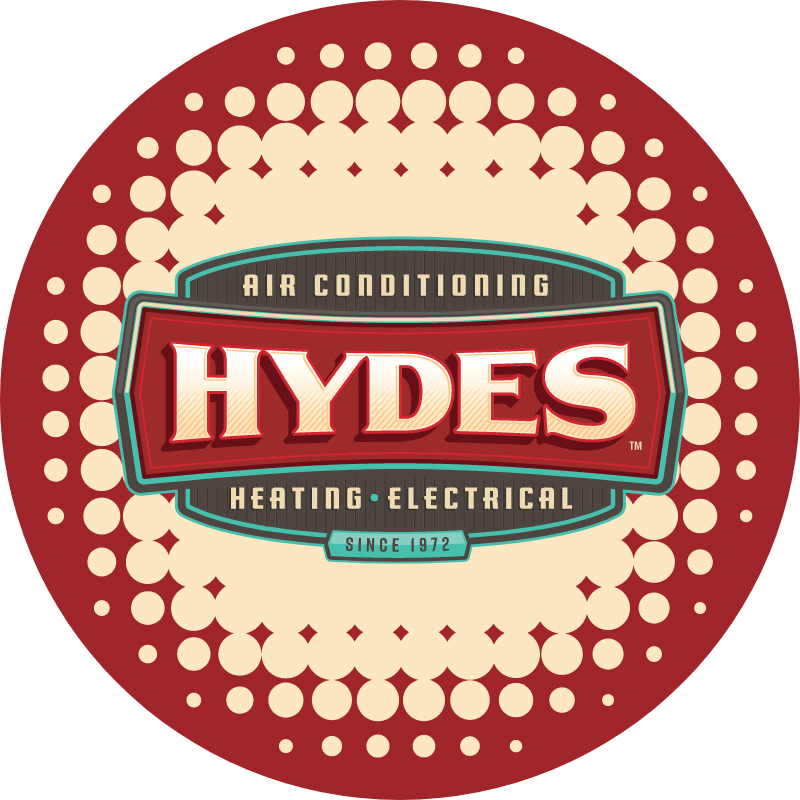What Your Evaporator & Condenser Coils Do & How They’re Different
Chances are good that you don’t put much thought into what makes your air conditioning system work; you’re probably just glad that it does in fact, work! But if you are curious about how your AC unit provides and distributes the cool air that keeps you and your family comfortable, allow us to educate you on the inner workings of your home comfort system!
The quick and dirty explanation of how your air conditioner or heat pump maintains the temperature in your home is that it uses refrigerant lines to drive a heat transfer process that removes unwanted heat from your home and releases it outside. For a more in-depth explanation of how your home comfort system keeps you cool, just keep reading.
How The Evaporator Coil & Condenser Coil Achieve Heat Transfer
The refrigerant lines that drive your AC’s heat transfer process is a closed loop system that relies upon the evaporator and condenser coils to work. Refrigerant is a heat-absorbing chemical that – like water – has the unique ability to go from liquid to vapor and back under the correct conditions. The condenser coil and evaporator coil create those conditions.
The Evaporator Coil
As you might have guessed from its name, the evaporator coil is responsible for turning refrigerant to vapor. The evaporator coil is in your AC’s indoor air handler. Your air conditioner’s air intake flows over the evaporator coil, triggering the heat absorption of the refrigerant within the coil. The air, now absent its heat, is pushed back into your home. Meanwhile, absorbing the heat in the air has caused the refrigerant to vaporize and move out of the evaporator coil, down the insulated refrigerant line toward the condenser coil in the outdoor compressor.
The Condenser Coil
Like the evaporator coil, the condenser coil has an obvious name; it condenses the refrigerant from vapor back to liquid. The coil does this by putting the vapor under intense pressure; the greater the pressure, the greater the heat within the vapor. When the pressure peaks the heat in the vaporous refrigerant is released into the air, allowing the refrigerant to condense back to its cooler liquid state. The liquid then travels along the refrigerant lines back to the indoor air handler to repeat the heat transfer process.
While these two coils have opposite functions, they are both absolutely vital to the heat transfer process that keeps your home comfortable year-round. If either coil has problems, your air conditioner or heat pump will fail. For this reason, it’s incredibly important for you to keep up-to-date with your seasonal HVAC maintenance.
If you haven’t had your system tuned up in the last six months, or if you have more questions about the evaporator coil and condenser coil and their role in your home comfort, call Hydes today. We’re here to help. (760) 360-2202.














